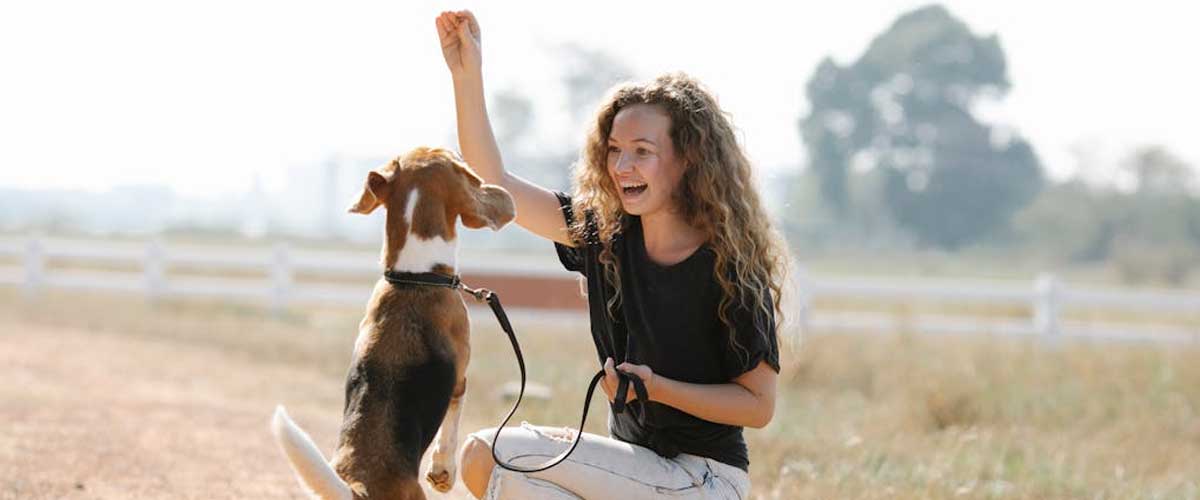Dog training has evolved over the years, moving away from traditional methods that relied heavily on force and dominance.
As our understanding of canine behavior has deepened, trainers and pet owners alike have started to adopt unique and innovative methods that promote positive reinforcement and enhance the human-animal bond.
Here, we’ll explore some of these distinctive approaches to training dogs.
1. Clicker Training
Clicker training is a popular method that uses a small handheld device that makes a distinct clicking sound.
This sound serves as a marker for a desired behavior, allowing for immediate reinforcement.
When the dog performs a command correctly, the trainer clicks and then rewards the dog with a treat.
This form of positive reinforcement helps in clearly communicating to the dog what behavior is being rewarded, making it a very effective training technique.
2. Shaping
Shaping is a training technique that focuses on rewarding successive approximations of a desired behavior.
Rather than waiting for the dog to perform the final task perfectly, the trainer reinforces small steps towards that behavior.
For instance, if you want your dog to roll over, you might start by rewarding them for lying down, then for shifting onto their side, and finally for completing the roll.
This method helps the dog learn complex behaviors gradually and with a sense of achievement.
3. Scent Work Training
Dogs have an incredible sense of smell, and scent work training takes advantage of this natural ability.
This method involves teaching dogs to use their noses to locate specific scents, which can lead to fun activities like nose work games or even professional search and rescue training.
Engaging a dog’s natural instincts not only provides mental stimulation but also strengthens the bond between dog and owner.
4. Behavior Adjustment Training (BAT)
Developed by Grisha Stewart, Behavior Adjustment Training focuses on changing a dog’s emotional response to anxiety-provoking situations.
Instead of flooding the dog with the source of fear, BAT encourages the dog to make choices in a controlled environment.
By rewarding the dog when they exhibit calm behaviors, trainers can help them learn new responses to triggers.
This method is particularly effective for reactive dogs.
5. Relationship-Based Training
This approach emphasizes building trust and understanding between the dog and the owner.
Relationship-based training prioritizes the emotional well-being of the dog, advocating for a strong bond through communication, play, and social interactions.
By developing this relationship, trainers can guide their dogs to learn commands through mutual cooperation instead of coercive tactics.
6. Using Technology
With the advancement of technology, trainers are now incorporating tools like apps, training videos, and interactive toys into their methods.
These resources can enhance training sessions, making them more engaging for both the dog and the trainer.
For example, some apps offer clicker training features, while interactive toys can keep dogs mentally stimulated when they are home alone.
7. Play-Based Training
Play is a natural behavior for dogs, and incorporating it into training sessions can make learning more enjoyable.
Play-based training capitalizes on the dog’s instinct to play by combining commands with games.
For example, teaching recall by throwing a toy and encouraging the dog to return it can transform a potentially mundane task into a fun activity.
Conclusion
Training a dog doesn’t have to be a monotonous or stressful experience for either party.
By exploring unique and innovative methods of dog training, owners can create positive, engaging, and effective learning experiences for their furry companions.
Whether you choose clicker training, scent work, or any of the approaches mentioned above, the goal remains the same: to foster a happy, well-behaved dog that enjoys learning and spending time with you.
The bond formed through these positive training methods will last a lifetime.












